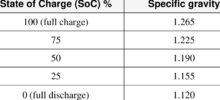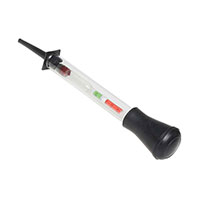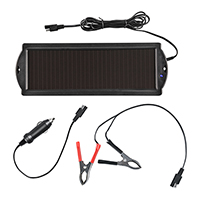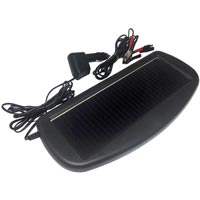I have two Lidi smart chargers, one 3.8 amp the other 5 amp, very similar other wise, however the 3.8 amp will only alternate 0.1 to 0.8 amp once the 14.4 volt has been reached once, the other will return to 3 amp, so actually the 5 amp version is faster recharging a battery, so recharge times do change charger to charger. However in both cases the 3.8/5 amp charge rate does not run for long, once it hits 12.8 volts maximum charge rate is 3 amp.
So 110 Ah / 3 amp = 35 hours, that's a long time. Even a charger like this
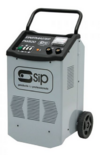
at over £250 still takes time to charge a battery, it may start charging at 42 amp but for such a short time, it only knocks the charge time down to around 24 hours and no one is likely to run a generator for that long.
So you need to find some one who will let you put the battery on charge for a couple of days at least to have any chance of getting it working again, more likely it will take a week or more, and the problem is only way to actually know if fully charged is with a hydrometer. Volt meters tell you very little once it has been allowed to get so sulphated. The longer the sulphur is left on the plate the harder it gets and the longer it takes to remove it.
As an auto electrician I would simply say the battery is useless and you need a new one. I could not afford the time trying to nurse it back into life, it may recover 75% of the time if it was good to start with, but so many were not that good in the first place, for an unknown history with a battery maybe 10% will recover, so not worth trying.



